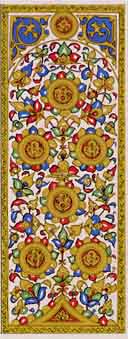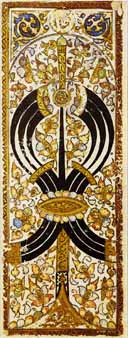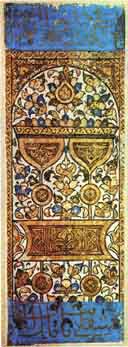Art in Playing Cards, page 2
ART IN PLAYING CARDS - page 2 |
|||
 |
 |
Cards from the Arabic Mamluk pack (c.1520) have closely decorated, embroidered or ?enamelled? surfaces. Although the underlying design is very simple, a lot of artistic work has been applied to the card faces. Pattern is not an essential thing, but an ornamentation of the surface. Occasionally, designs originating with one technique or medium were transposed into another. For example, point lace patterns might be transposed to embroidery, painting to engraving; sculpture might imitate metalwork or indeed architecture and then be transposed onto the flat surfaces of illuminated manuscripts or playing cards. |
 |

By Simon Wintle
Member since February 01, 1996
I am the founder of The World of Playing Cards (est. 1996), a website dedicated to the history, artistry and cultural significance of playing cards and tarot. Over the years I have researched various areas of the subject, acquired and traded collections and contributed as a committee member of the IPCS and graphics editor of The Playing-Card journal. Having lived in Chile, England, Wales, and now Spain, these experiences have shaped my work and passion for playing cards. Amongst my achievements is producing a limited-edition replica of a 17th-century English pack using woodblocks and stencils—a labour of love. Today, the World of Playing Cards is a global collaborative project, with my son Adam serving as the technical driving force behind its development. His innovative efforts have helped shape the site into the thriving hub it is today. You are warmly invited to become a contributor and share your enthusiasm.
Related Articles
Most Popular
Our top articles from the past 28 days

